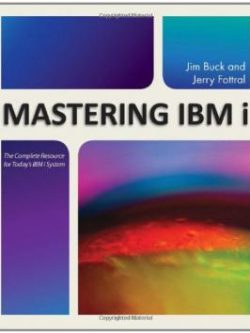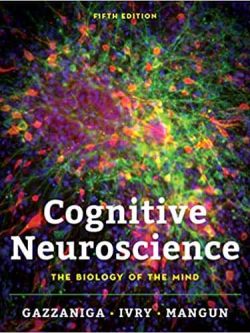Specifications
| book-author | Uri Wilensky ; William Rand |
|---|---|
| file-type | |
| isbn10 | 0262731894 |
| isbn13 | 9780262731898 |
| language | English |
| publisher | The MIT Press |
Book Description
**”An Introduction to Agent-Based Modeling: Modeling Natural, Social, and Engineered Complex Systems with NetLogo”** by Uri Wilensky and William Rand is a comprehensive guide designed to introduce readers to agent-based modeling (ABM) using the NetLogo platform. This book provides both theoretical insights and practical applications for modeling complex systems in a variety of fields, including natural sciences, social sciences, and engineering.
### **Key Features and Content Overview:**
#### **1. Introduction to Agent-Based Modeling**
– **Core Concept:** The book begins by introducing agent-based modeling, a computational method where individual agents (with simple rules) interact within an environment to produce emergent, system-level phenomena.
– **Interdisciplinary Relevance:** ABM is positioned as a tool for studying a wide range of systems, from natural ecosystems and social behaviors to economic markets and engineered systems.
#### **2. NetLogo: The Modeling Platform**
– **NetLogo Overview:** The authors provide a step-by-step introduction to NetLogo, a popular agent-based modeling environment known for its accessibility to both beginners and experienced modelers. Readers are guided through the interface, syntax, and capabilities of NetLogo, making it easier to begin building and running models.
– **Practical Exercises:** The book includes numerous exercises and sample models to demonstrate how NetLogo can be used to simulate real-world phenomena.
#### **3. Modeling Natural, Social, and Engineered Systems**
– **Natural Systems:** The authors illustrate how ABM can be used to model biological ecosystems, such as predator-prey dynamics, disease spread, and resource competition. These models demonstrate how individual-level interactions between organisms can lead to complex population dynamics.
– **Social Systems:** ABM is also applied to social phenomena, including models of social influence, cooperation, crowd behavior, and the spread of information or cultural norms. Readers are shown how agent interactions at the local level can lead to emergent patterns at the societal level.
– **Engineered Systems:** The book explores how ABM can be used to design and study engineered systems, such as transportation networks, supply chains, and robotic swarms. These applications highlight the versatility of agent-based approaches in optimizing and understanding man-made systems.
#### **4. Model Design and Validation**
– **Model Construction:** The authors guide readers through the process of designing and implementing agent-based models, emphasizing the importance of clearly defining the rules governing agent behavior, interactions, and the environment.
– **Verification and Validation:** The book also covers methods for verifying that models are working as intended and for validating models against real-world data. This section is essential for ensuring that ABM results are both accurate and meaningful.
#### **5. Emergence and Complexity**
– **Emergent Behavior:** One of the central themes is how ABM allows for the study of emergent behavior—complex phenomena that arise from simple agent interactions. The book explains how agent-based models can capture emergent patterns, such as self-organization, collective decision-making, and adaptation.
– **Complex Adaptive Systems:** The authors connect ABM to the study of complex adaptive systems, exploring how agents adapt to changing environments and how these systems evolve over time.
#### **6. Advanced Topics and Customization**
– **Extending Models:** Once basic models are constructed, the book dives into more advanced topics, such as adding randomness, using probabilistic rules, incorporating space and networks, and adjusting agent memory and learning capabilities.
– **Customization:** Readers are taught how to customize NetLogo models, including adding user interfaces and visualizations, to enhance the utility and presentation of their simulations.
#### **7. Real-World Applications**
– **Case Studies:** The book presents real-world case studies from various disciplines, showing how agent-based modeling has been used in research and decision-making processes. These examples help bridge the gap between theoretical concepts and practical application.
– **Policy and Decision-Making:** ABM is shown to be a valuable tool for policymakers and businesses, enabling simulations of different scenarios and outcomes in areas like urban planning, resource management, and market analysis.
### **Conclusion**
**”An Introduction to Agent-Based Modeling”** offers a robust and accessible entry point for those interested in understanding and applying agent-based modeling to study complex systems. The authors' use of NetLogo makes it a practical and hands-on guide, suitable for students, researchers, and professionals in various fields. Whether modeling natural ecosystems, social behaviors, or engineered systems, readers will gain the skills to create their own models and explore the emergent phenomena that arise from agent interactions.













Reviews
There are no reviews yet.